What Size Filter For My Lens?
When it comes to photography, one of the most common questions that both amateur and professional photographers ask is, "What size filter do I need for my lens?" This seemingly simple question can be quite complex, given the variety of lenses and filters available on the market. In this article, we will delve into the intricacies of choosing the right filter size for your lens, the types of filters available, and how to ensure you make the best choice for your specific needs.
Understanding Lens Filter Sizes
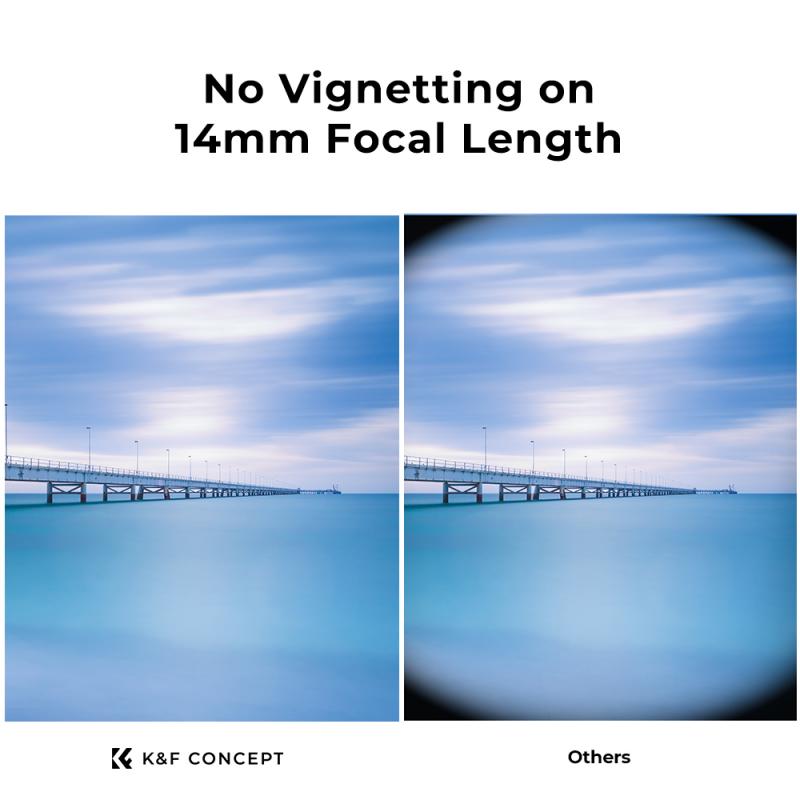
The first step in determining the correct filter size for your lens is to understand the concept of filter thread size. The filter thread size is the diameter of the front of your lens, where the filter attaches. This size is usually measured in millimeters (mm) and is often indicated on the lens itself. You can typically find this information on the lens barrel or the lens cap. It is usually denoted by a symbol that looks like a circle with a line through it, followed by a number (e.g., Ø58mm).
Common Filter Sizes
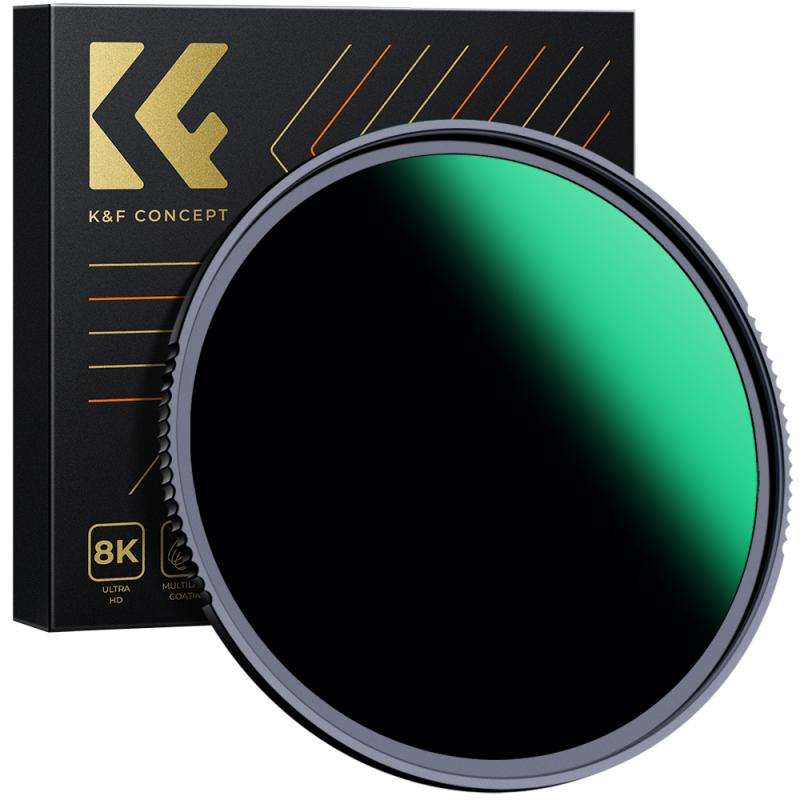
While there are many different filter sizes, some of the most common ones include 49mm, 52mm, 58mm, 62mm, 67mm, 72mm, 77mm, and 82mm. These sizes correspond to the diameter of the lens thread and are crucial for ensuring that the filter fits properly. Using a filter that is too small or too large can result in vignetting (dark corners in your photos) or the filter not attaching securely to the lens.
Types of Filters
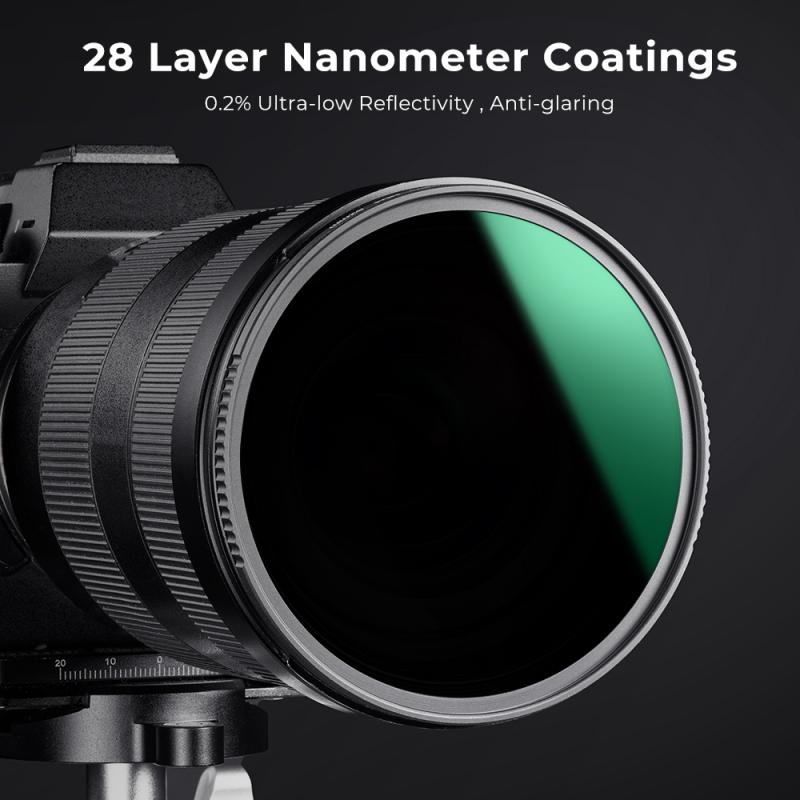
There are several types of filters available, each serving a different purpose. Here are some of the most common types:
1. UV Filters: These filters are primarily used to protect the front element of your lens from dust, scratches, and moisture. They also help reduce the haze caused by ultraviolet light.
2. Polarizing Filters: These filters are used to reduce reflections and glare from non-metallic surfaces like water and glass. They also enhance the colors and contrast in your photos.
3. Neutral Density (ND) Filters: ND filters reduce the amount of light entering the lens, allowing for longer exposure times or wider apertures in bright conditions. They are essential for landscape photography and creating motion blur effects.
4. Graduated ND Filters: These filters are similar to ND filters but have a gradient, with one part of the filter being darker than the other. They are useful for balancing the exposure between the sky and the foreground in landscape photography.
5. Color Filters: These filters are used to enhance or alter the colors in your photos. They are more commonly used in film photography but can also be used in digital photography for creative effects.
How to Choose the Right Filter Size
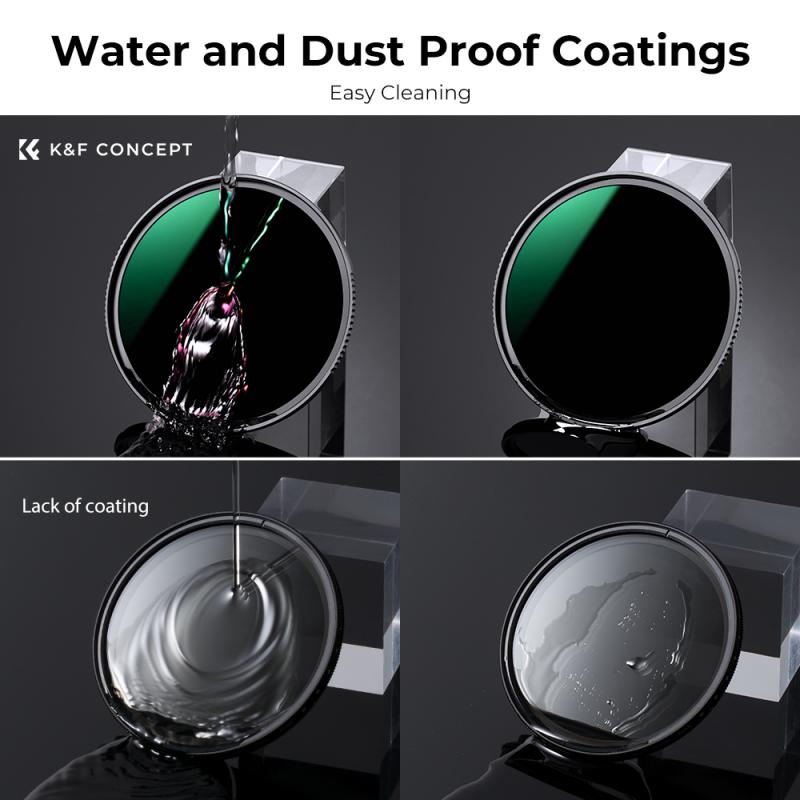
To choose the right filter size for your lens, follow these steps:
1. Check the Lens Specifications: Look for the filter thread size on your lens. This information is usually printed on the lens barrel or the lens cap. If you can't find it, refer to the lens manual or the manufacturer's website.
2. Match the Filter Size: Once you know the filter thread size, choose a filter that matches this size. For example, if your lens has a 58mm thread size, you need a 58mm filter.
3. Consider Step-Up Rings: If you have multiple lenses with different thread sizes, you can use step-up rings to adapt a larger filter to a smaller lens. For example, if you have a 77mm filter and a lens with a 58mm thread size, you can use a 58mm to 77mm step-up ring.
4. Quality Matters: Invest in high-quality filters from reputable brands. Cheap filters can degrade the image quality and introduce unwanted artifacts.
Practical Tips for Using Filters
1. Stacking Filters: While it is possible to stack multiple filters on top of each other, be cautious as this can introduce vignetting and reduce image quality. If you need to use multiple filters, consider using a filter holder system.
2. Cleaning and Maintenance: Keep your filters clean and free from dust, fingerprints, and smudges. Use a microfiber cloth and lens cleaning solution to maintain them.
3. Storage: Store your filters in a protective case to prevent scratches and damage when not in use.
4. Experiment: Don't be afraid to experiment with different types of filters to achieve various effects. Filters can significantly enhance your creativity and improve the quality of your photos.
Choosing the right filter size for your lens is essential for achieving the best results in your photography. By understanding the filter thread size, the types of filters available, and how to match them to your lens, you can make informed decisions that enhance your photographic capabilities. Remember to invest in high-quality filters, maintain them properly, and experiment with different types to discover the full potential of your photography. Whether you are protecting your lens, reducing glare, or creating stunning long-exposure shots, the right filter can make all the difference.

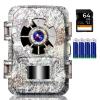
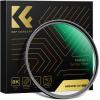
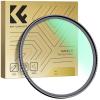




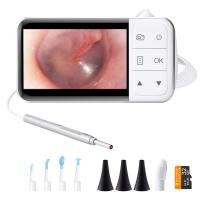

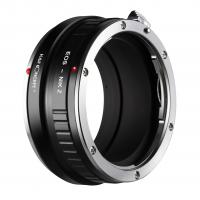
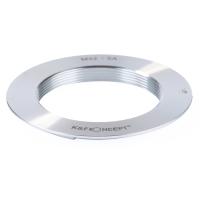
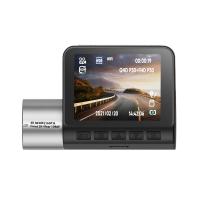
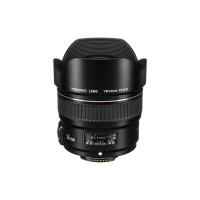
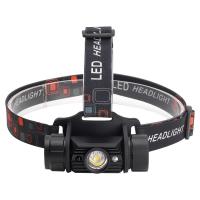

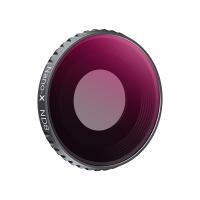
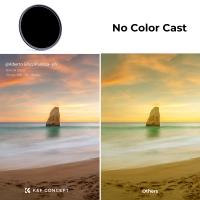

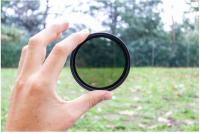
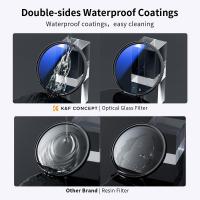
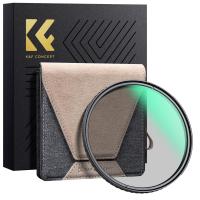
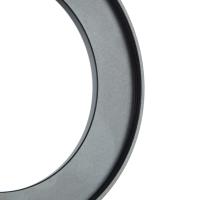
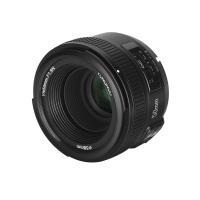
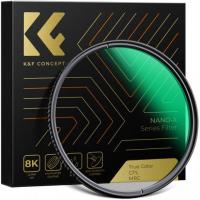
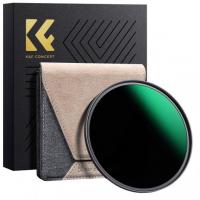
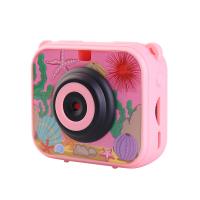


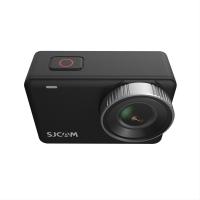
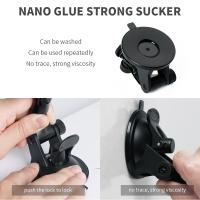
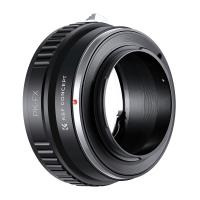



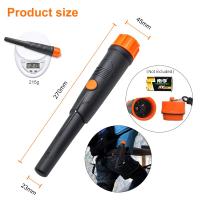
There are no comments for this blog.